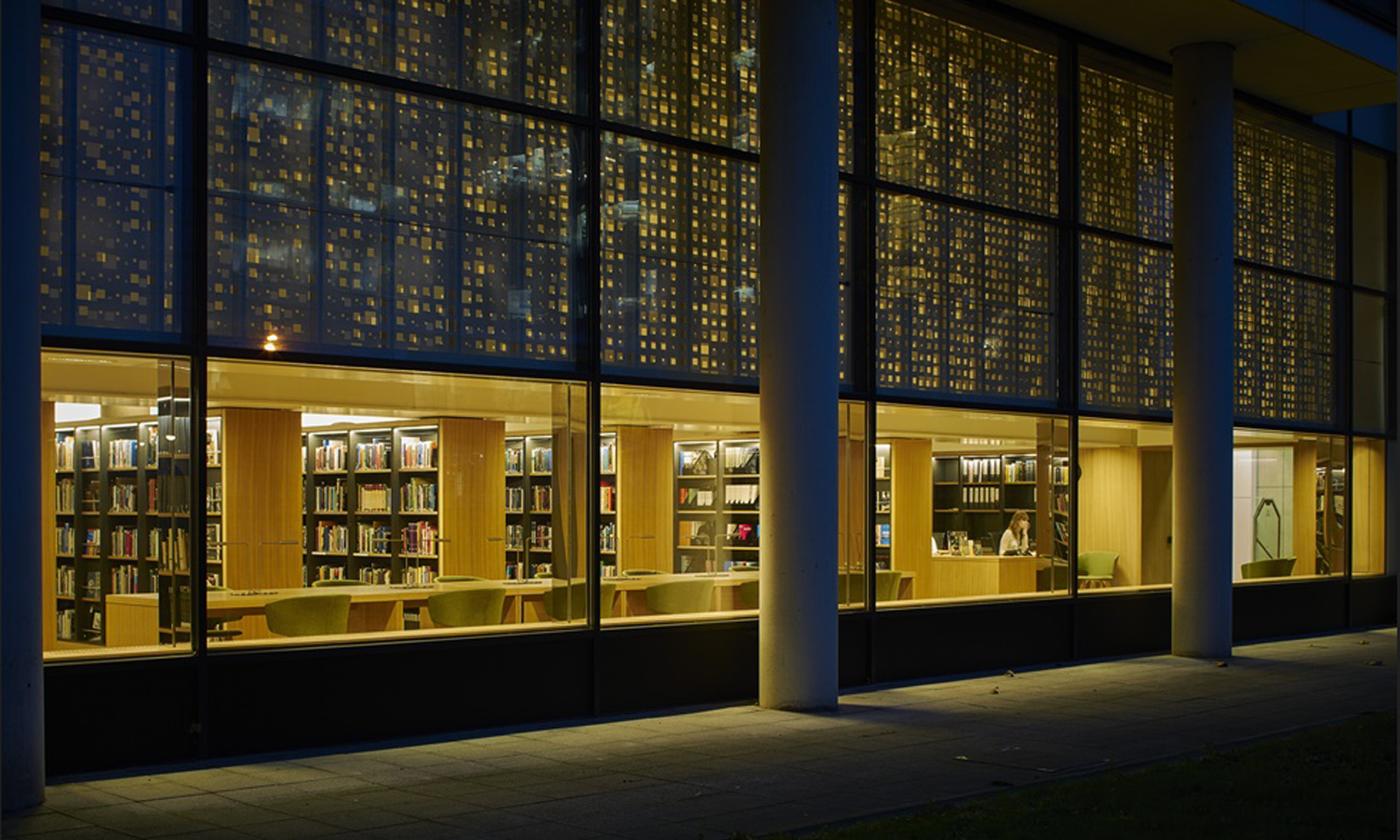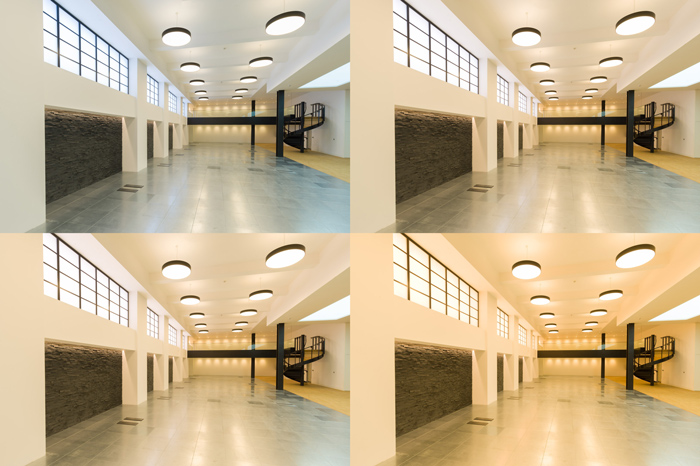
Column: Human-centric Design, Circadian Rhythms and Lighting
Monthly Column By Zerlina Hughes
Extensive research tells us that, as humans, we work, rest and play most effectively when we are most keenly attuned to the natural cycles of time – day and night. This recognition was accelerated during the pandemic, when people had time to appreciate how significant a connection to the natural world was to our sense of wellbeing, bringing an existing and growing focus in the design and architectural world on people’s physical and mental health into sharper focus. In the search to reconnect to these natural cycles, human-centric lighting design is a key tool for delivering healthier interiors across all the spaces we use.
Embedded in our genes are instructions for our biological clocks – or ‘circadian clocks’ – to help schedule and determine our sleep patterns, moods, physical strength, blood pressure and much more. Under normal conditions, we experience a 24-hour pattern of light and dark, and our circadian clock uses these signals to align the body’s biological time to external time in the form of day and night. For instance, before dawn, metabolism is geared-up in anticipation of increased activity when we wake. In the evening, our body temperature drops, blood pressure decreases, cognitive performance drops and tiredness increases in anticipation of sleep.
For lighting designers, designing with dynamic white LEDs allows us to provide lit environments that can attune to the required colour temperature and shifting tones of the day/night spectrum to mimic nature’s circadian rhythms.
In domestic environments, we can use astronomical clock control to define the lighting in order to emulate natural cycles, creating the warm dawn (2600K) and then shifting to the fresher neutral white of 4000K– 4500K to refresh and invigorate for the day and moving to warmer tomes of 3000K – 27000K as daylight levels fall. Beyond these programmed parameters, the user can adapt lighting to their particular taste / needs by specifying intuitive user interface control.

Colour temperature sequencing throughout the day in Mayfair offices
Outside of the domestic sphere, in commercial schemes, lighting schemes obviously have to please more general tastes, though there is always room for subtlety, as long as potential users are carefully listened to. For a recent refurbishment of accommodation for a wellness retreat Avalon Sanctuary at Broughton Hall, for example, we programmed circadian lighting for all public areas. Occupants expressed feeling a positivity in the mornings for the first group sessions based around the kitchen table and then fed back they felt comfortable and safe for the evening talks in the more intimate warmer lighting in the communal dining area. For the bedrooms, however, we allowed for user control selection, where people wanted direct control over their environment.
The principle can also be applied to workspace environments. How often have you been in a commercial interior that feels luminous and vibrant in the day, but which, by late afternoon in winter, begins to feel uncomfortable and cold, akin to sitting in a fridge?!
We designed a basement commercial space in Mayfair which had no natural daylight and installed fake windows at high levels with dynamic white sequencing that subtly changed in colour temperature throughout the day. These changes were incremental and quite subconscious, but feedback has been people felt more refreshed and productive with the subtle changeability. We also installed an artificial rooflight in the reception area with the same sequencing, which increased the sense of volume and openness. The real estate agents were able to increase the rental values, as the effect was so transformative. It just goes to show that human-centric design can be an all-round sound investment, not only in people’s wellbeing, but in the colder light of commercial reality too.
Zerlina Hughes, Founder & Creative Director at Studio ZNA




